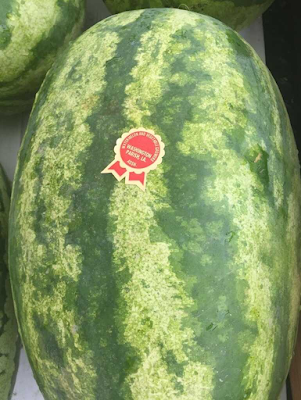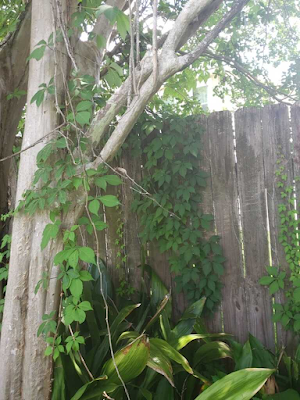We walk almost 3 times a week, except rain and other reasons such as too hot (above 30* C or 86* F) or too cold (below 10* C or 50* F).
Our walking is quite slow with about 35 minutes length of time in our city garden or neighborhood areas.
Just reading several papers or popular articles about brisk walking. Then, what is brisk walking by quantity measures?
Here some of information concerning brisk walking:
- 4.5 km to 4.75 km (2.8 mile to 2.95 mile) per hour for older persons
- 5.3 km to 5.4 km (3.3 mile to 5.4 mile) per hour for younger persons
As reported by ScienceDaily (March 16, 2021) that brisk walking leads to have good: cardiovascular and heart health
Hence, fast walkers could be related to physical fitness. This measure, together with normal Body Mass Index (BMI) are more able to cope with external stressors, include infection diseases.
# To be continue to part 2
## Previous postings:
- The Rainbow Before Evening : A Traditional Product of Louisiana – King Cake – Part 2
- The Rainbow Before Evening : Do You Know Ghost Orchids? - Part 1 – Nature 14
- The Rainbow Before Evening : Organic Vs Natural Foods – Part 4 – Food 9
- The Rainbow Before Evening : Do You Know Ghost Orchids? - Part 2 – Nature 14
























